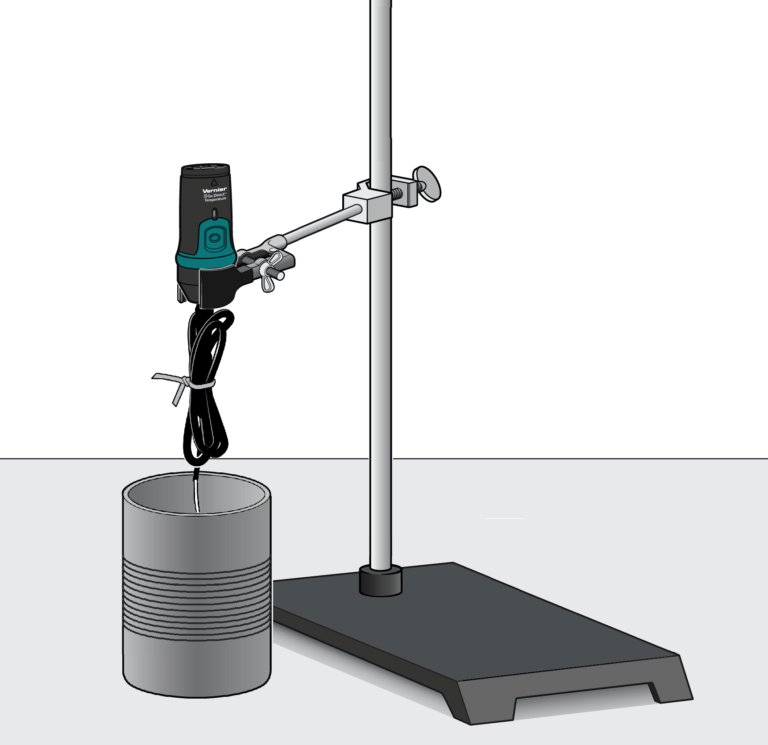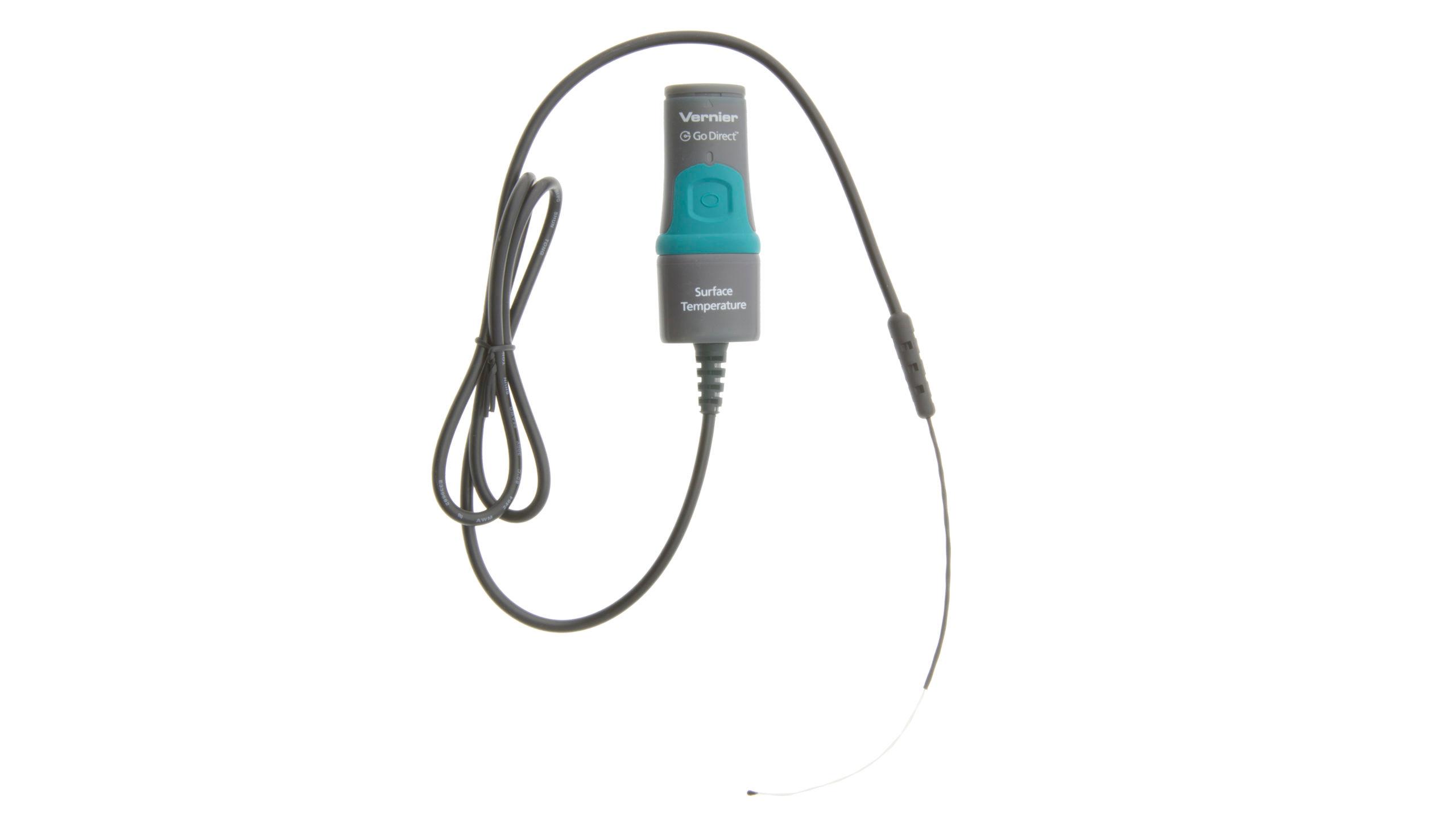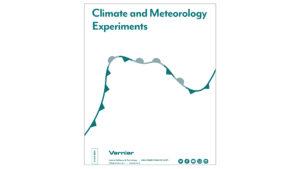
Introduction
Dew point is a value that is often included in a weather forecast, but what is it? Dew point is defined as the temperature at which air is fully saturated with water vapor. In other words, the temperature at which relative humidity is 100%. When the air temperature drops below the dew point temperature, condensation occurs, resulting in the formation of dew, fog, and/or clouds. Warmer air is able to store more water vapor than cooler air, so warmer air has a higher dew point temperature than cooler air. The dew point temperature will never be higher than the air temperature; dew point temperature will always be equal to or less than air temperature.
Why is dew point important?
- Meteorologists use dew point to predict the potential for storms as well as nighttime temperatures.
- Farmers and gardeners use the dew point to estimate how much water they need to give plants. During fall and spring, it can help them know if frost might form overnight and damage plants.
- You can use dew point to understand what it “feels like” outside: a high dew point indicates that it will be muggy while a low dew point tells you that it will feel more dry.
A way we experience this phenomenon in our everyday lives is when water condenses on the outside of a cold drink. This liquid forms by the condensation of water vapor that is near the surface of the glass. In this experiment, you will determine the dew point temperature in two different ways and learn more about what dew point actually means.
Objectives
Determine the dew point temperature using two different methods.
Sensors and Equipment
This experiment features the following sensors and equipment. Additional equipment may be required.
Ready to Experiment?
Ask an Expert
Get answers to your questions about how to teach this experiment with our support team.
- Call toll-free: 888-837-6437
- Chat with Us
- Email support@vernier.com
Purchase the Lab Book
This experiment is #6 of Climate and Meteorology Experiments. The experiment in the book includes student instructions as well as instructor information for set up, helpful hints, and sample graphs and data.


